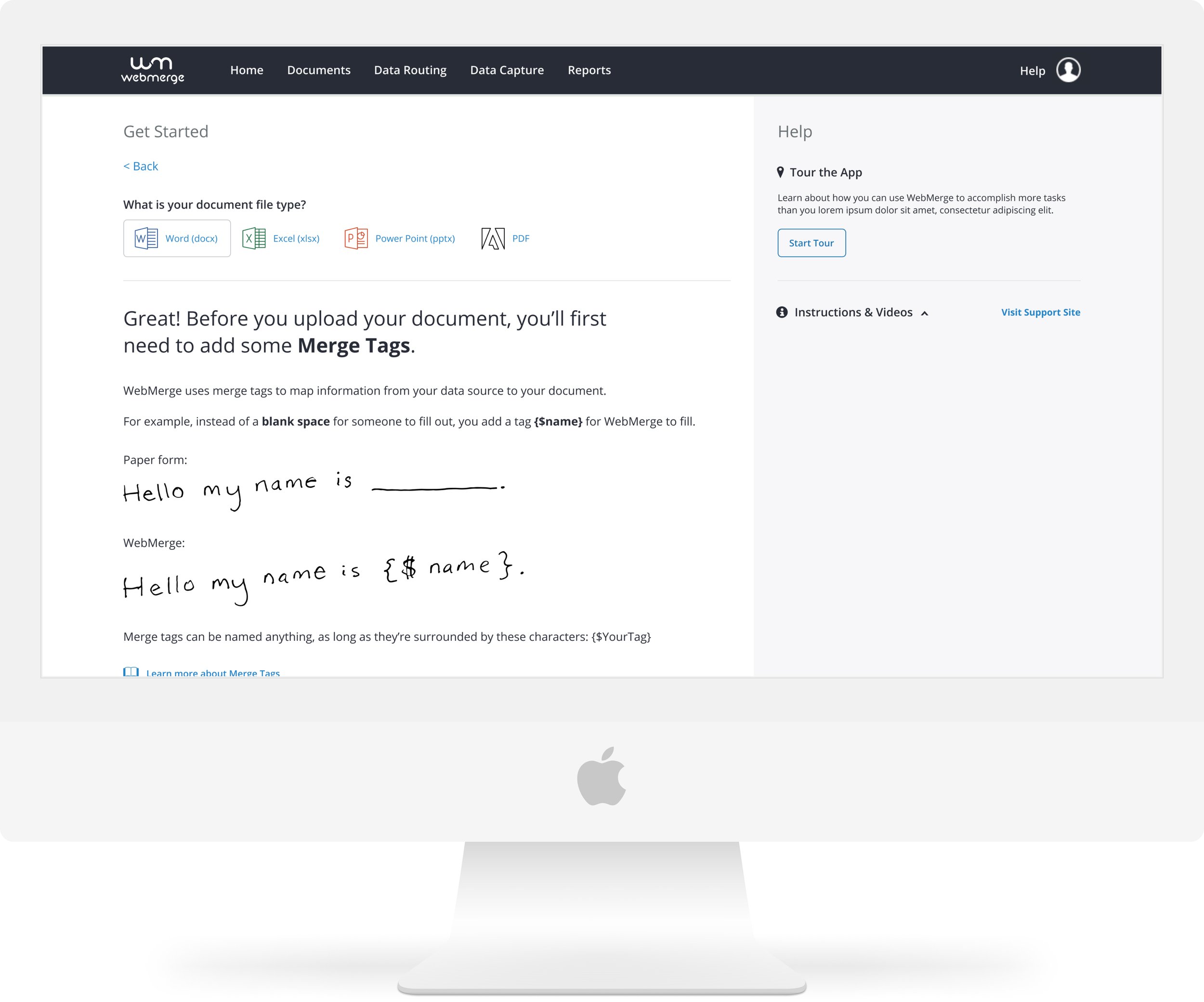Phoenix Design System
Phoenix, or PHX for short, is a design system for the Formstack platform—an evolving set of reusable components, rules, and guidelines that give Product Designers and Engineers a toolset for consistent design and development.
At a glance
Problem
In 2015, Formstack didn’t have a consistent ruleset for UI components, colours, iconography, written copy, or implementation. The Forms application had inconsistently implemented styles and an undefined visual language.
I was a primary designer in the ideation, research, design, and management of Phoenix, a comprehensive design system that forms the backbone of Formstack’s platform.
My Role
Results
It has grown from humble beginnings in 2015 through multiple iterations into an extensive visual library and ecosystem of shared standards that is constantly evolving and improving. Phoenix forms the backbone of the Formstack platform and provides consistent visual standards across multiple products.
UIL button proposal circa 2015
PHX came from humble beginnings. When I started at Formstack 7 years ago, we didn’t have a defined design system, only Photoshop mockups (occasionally matching live code) and a team who was excited to innovate.
Early discussions were ripe with subjective banter about colours, spacing, and chucking gradients in the trash (flat design had established its dominance). Our first iteration UIL, short for UI Library, was a large Photoshop file where each component had its own layer group, each variant a layer to drag into your design file. No version history, no publishing changes or cascading styles, no toggling variant properties, no auto layout—how far we’ve come.
The birth of Phoenix
Rising from the ashes of UIL, Phoenix flew the Photoshop nest and began its new life in Sketch.
Our team was reluctant to make the move Sketch, so our adoption didn’t place until the introduction of Sketch’s component libraries. The prospect of a flexible single source of truth and increased speed and scalability was the tipping point.
During this time, I spearheaded the teams adoption of Sketch and as we worked together to transition UIL to Sketch, I was dubbed the “Master of Phoenix”. I defined the spacing, sizing, and typography guidelines, rebuilt and redesigned the majority of components and iconography, and was the keeper of the master file and would update component changes upon team approval.
The team built out documentation, worked with copywriters to flesh out a technical language ruleset, and had regular hand-offs with the Front End Developers to present design updates and review the implemented components in their code library, Storybook.
Phoenix 1.0 in 2017
My work on this design system included:
Researching design system best practices and performing competitive analysis
Auditing the existing Formstack platform
Designing and creating a flexible component library
Creating spacing and sizing guidelines
Working with copywriters to define rules for copy and voice
Refactoring iconography
Writing documentation and rules for proper usage
Collaboration with front-end developers to build and maintain code library
Researching and learning tooling
Advocating for adoption and integration into the development roadmap
Governing the system and creating a process for change requests
Fast forward to now
Under the hood, PHX is the backbone for the user interface across five Formstack products.
Skip ahead to today, we have an extensive design system built in Figma, a living breathing design guidelines document, and a front end development library aligned to our designs.
Contributors
Design
Aaron White - VP of Product Operations
Kayce Reed-Buechlein - Director of Product Design
Anna Robertson - Senior Product Designer
Dasha Gordeeva - Senior Product Designer
Blaise Vincz - Senior Product Designer
Jordy Arnoldussen - Product Designer
Danita Delce - Product Designer
Jake Brokaw - Product Designer
Arianne Quinanola - Product Designer
Chloe Seo - Product Designer
Jared Allen - Product Designer
Many coworkers in Front End Development, Product Management, and Copywriting were also vital contributors to the success of PHX.
Explore Other Projects
-
Formstack Administration

-
Formstack Documents




